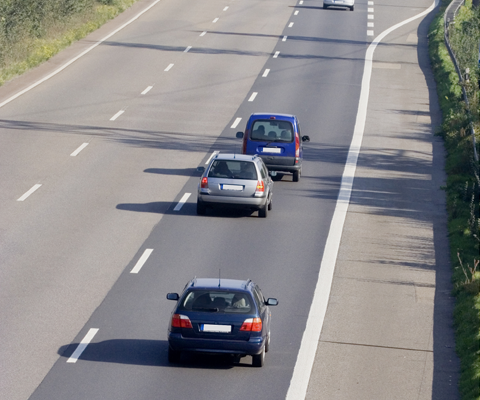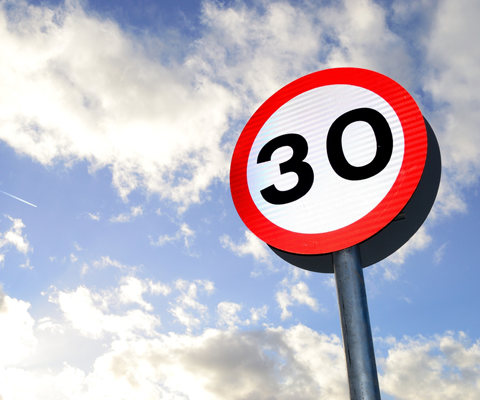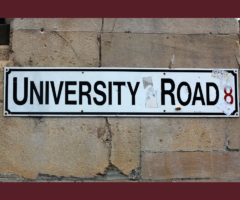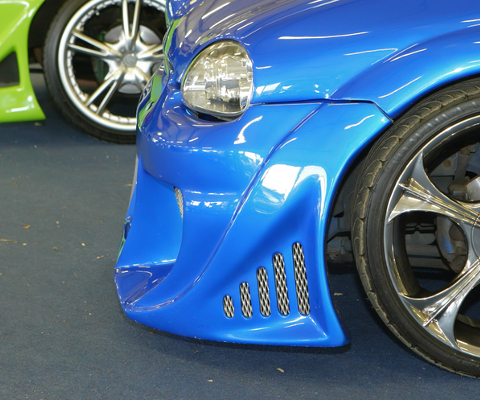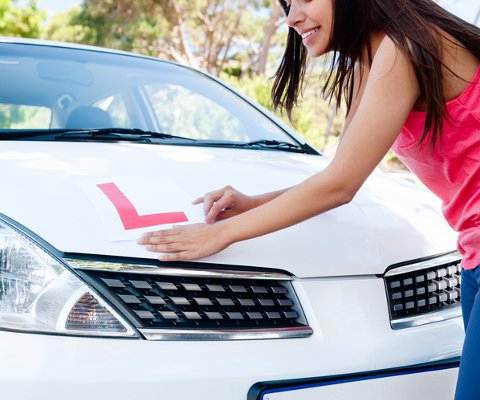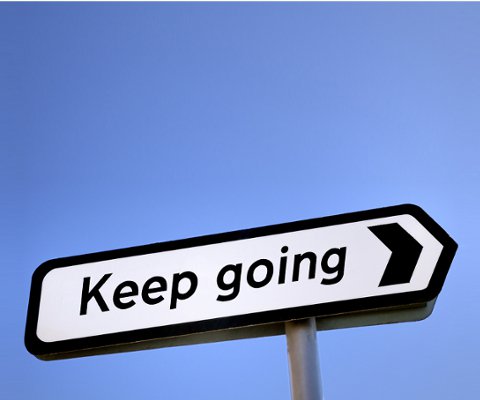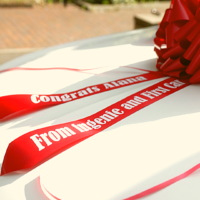
How to signal in a car
Signalling lets the other cars around you know what you’re doing so that they can react appropriately.
So, if you’re planning on turning off onto a side road, using your indicator lets other vehicles know that you’re probably planning to slow down. That gives them the opportunity to safely slow down too.
Signalling is one of the most important tools you’ve got to keep you safe on the road - ‘I’m here! I’m doing this!’ - so it’s vital to make sure that you’re doing it properly.
5 ways to signal your intention
-
Indicators
But you knew that, didn't you? I can tell you lots of fancy ways to give people clues to what you're going to do next, but indicators are the ones you'll use every couple of minutes for your entire driving career.
Use every other method of signalling to reinforce what you're saying with your indicators.
Position of the car
When you’re coming up to a junction, reinforce the direction you’re going to take by positioning your car. If you’re turning onto a right-hand side road, move towards the right side of your lane.
That’ll let everyone know what you’re going to do and let other people move into position if they're turning the other way. In my case, it also helps me remember what on earth my driving instructor has asked me to do. We’re working on it.
-
Hazard lights
Turning on your hazard lights will make both your indicator lights flash at the same time. You should only use these when you are a hazard to other road users or you want to make another driver aware of a hazard on the road.
-
Brake lights
When you brake, softly and smoothly like the pro you are, your brake lights will give drivers behind you plenty of warning that you are slowing down.
These red lights will automatically turn on at the back of your car whenever you use your foot brake. Try not to use them at traffic lights as they may dazzle the person behind you - put on your handbrake for more than a short pause.
-
Arm signals
Arm signals can be useful in slow traffic when other drivers may not be able to see your indicators.
It’s always better to use indicators than arm signals because they’re easier for other drivers to see and you can keep your hands on the wheel. You could also be misunderstood if you use arm signals - not everyone is as thorough with their driving revision as you are!
Even so, you should have a look at arm signals in case you need to use them or someone else does.
Remember: Arm signals could come up in your theory test.
When to signal
You should always signal when needed, even if you can’t see any other road users around. There might be a vehicle or pedestrian that you can’t see and your signal might help them.
Make sure that you signal with plenty of time to give other people enough time to react to any manoeuvre that you’re making:
- Before moving off
- Before overtaking
- Before turning into a road
- Before pulling over
- Before and on a roundabout
Remember: During your test, you’re not going to be penalised for signalling in an empty road - but you will be if you don’t and you should have.
When signalling, remember:
- Get in early observation before you signal - who will this affect?
- Use signals to inform other drivers. Whether you’re stopping, moving off or changing direction, make sure other road users know what you’re going to do.
- Give signals in plenty of time. The point of signalling is to inform other drivers of your intentions - if you don’t signal in good time, how can they react?
- Make sure that your intention is clear. For example, if you wish to pull over after a side road, don’t signal too early as you could be misunderstood.
- Cancel your signals in good time. If you leave your indicators on after you have made a manoeuvre, road users may think you’re turning off the road when you’re not.
Mirror - Signal - Manoeuvre!
Always signal with lots of time to spare, and remember that signalling doesn’t give you automatic right of way on the road.
Updated: 15/02/2019

